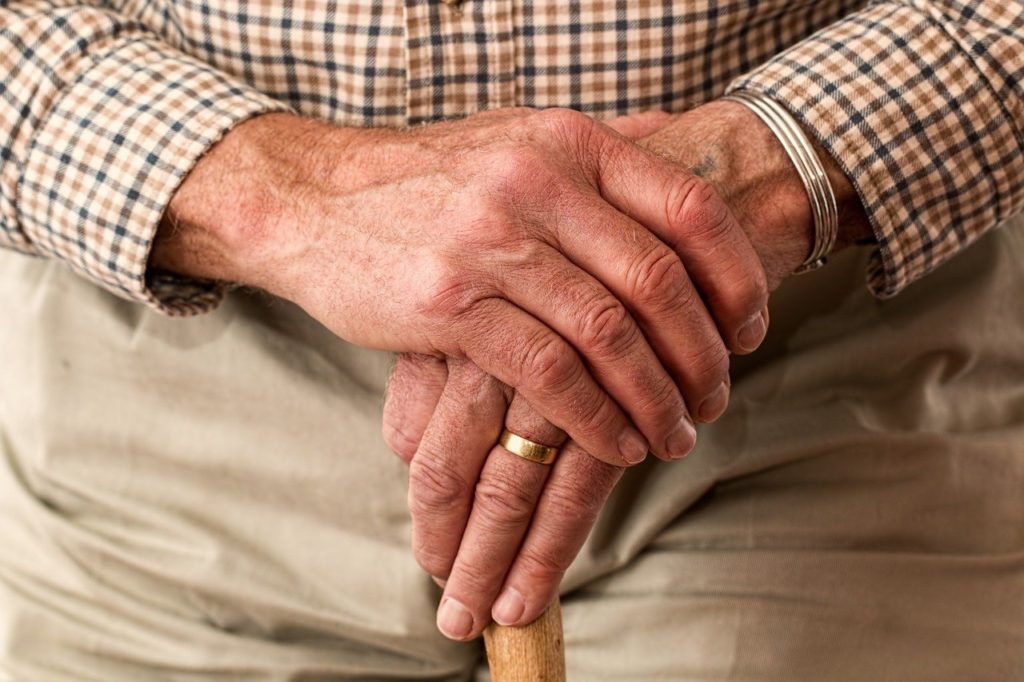Did you know that there is an actual Fall Awareness day? It occurs on the first day of the fall season and this year it occurs on September 23, 2014. The purpose of this effort is to highlight, promote and increase public awareness about how to prevent falls among older people. Seniors and/or their caregivers can observe the month/day by becoming familiar with the risk factors associated with falls, and to learn about ways to reduce the risk of falling.
At Livewell we think it’s great to have a day to focus on fall prevention but our Lifeline tip is to start TODAY!
Accidents and falls don’t wait and we don’t think you should either!
Here’s the Facts on Falls:
• One in every three older adults fall each year.
• The risk of falling increases with age; after age 65 the risk of falling goes up with each decade of life.
• Two-thirds of those who experience a fall will fall again within six months.
• One out of every 200 falls results in a hip fracture; among those 85 or over, one fall in 10 results in a hip fracture.
• Half of older adults hospitalized for hip fractures cannot return to their homes or live independently after their injury and require life-long nursing care.
• About 50 percent of the elders who sustain a fall-related injury will be discharged to a nursing home rather than return home.
• Falling is a leading cause of death.
At Livewell we think that’s pretty bleak stuff. However, there’s no need to hide under the covers; here’s the silver lining:
Your Livewell Lifeline Tip: The majority of falls and injuries can be prevented!
Fall Prevention Strategies:
Falling can be caused by many factors. Some occur inside the body, such as slow reflexes, unstable balance, low blood pressure, memory problems, poor vision, effects of medications, etc. Other causes are external, such as environmental hazards in the home interfering with safe mobility.
Falling can also be a marker of poor health and declining function. A fall can be the first indication of an acute illnesses, such as pneumonia, a bladder infection or heart attack, or it may be an early symptom of a chronic disease, such as diabetes, arthritis, parkinsoni, etc., that is getting worse.
The bottom line; there are many reasons why seniors fall, but ultimately a fall is a symptom of something going wrong, which needs to be addressed or else the likelihood of falling again and again remains.
What Steps Can you Take To Reduce the Risk Of Falling:
There is much that can be done to prevent falls. The first step is to make a fall risk assessment of yourself or a loved one you are caring for. The following short self-assessment is a good way to start.
- Any recent falls?
- Any falling injuries?
- Any symptoms of dizziness or feeling faint?
- Any problems with balance or feeling unsteady?
- Any problems with seeing?
- Any problems with walking, tripping or slipping?
- Any problems with memory or feeling confused?
- Currently taking 4 or more medications?
If you answered yes to any of the questions, you or your family member may be at fall risk.
Lifewell Lifeline Tip: Let’s Take Action!
There are things you can do for yourself or for your family members to remove the risk of falling.
• Visit with your doctor. Talk with him/her about your concerns and ways to reduce the chances of falling. Bring all medications you are taking so the doctor can review them for side effects, such as dizziness, reducing mental alertness, etc., which can increase the likelihood of falls.
• Don’t ignore a fall. Tell your doctor if you have fallen in the past 3 months and describe how you fell. Discuss with your doctor any problems you may be experiencing, such as dizziness, joint pain, weakness in your legs, worsening gait or balance, etc.
• Ask your doctor if you have osteoporosis (weakness of bones). A decrease in bone strength is a leading cause fall related fractures, especially of the hip. Calcium and vitamin D can help prevent hip fractures and falls; you should discuss with your doctor to determine what the right level is for you.
• If you are unsteady, a cane or a walker might be a good idea to increase stability. Selecting the right device and correct size is critical, as are instructions and training in proper use. A physical therapist can help select the right cane or walker for you and teach you how to use it correctly/safely.
• Staying active is important in preventing falls. Exercise helps by improving strength, balance, and coordination. Ask your doctor to evaluate your physical condition; based on your specific fall risk factors, he/she can recommend which exercises to implement. Many people enjoy walking and tai chi (a low-impact, slow-motion exercise); both are good activities to decrease your risk of falls. Maintaining a level of physical activity is important; failure to exercise regularly results in decreased muscle strength and loss of bone (osteoporosis), which can increase your risk of falling and injury.
Livewell Lifeline Tip: Do Regular Safety Checks
• Many falls involve environmental hazards in the home. A variety of hazards, such as poor lighting, unsafe stairways and loose rugs, unsteady furniture, etc., are involved in causing falls. Potential fall hazards in the home are easy to overlook but easy to fix. Regulary go through your home and evaluate the safety and potential hazards that may cause a fall. It’s simple and easy and you can spot/correct hazards in your home or your parent’s home to ensure safety.
Falling is something most people don’t think about until it happens. The best way to avoid a fall is to be proactive; take the first step TODAY! Let’s not wait until Fall Awareness Day to take action.

